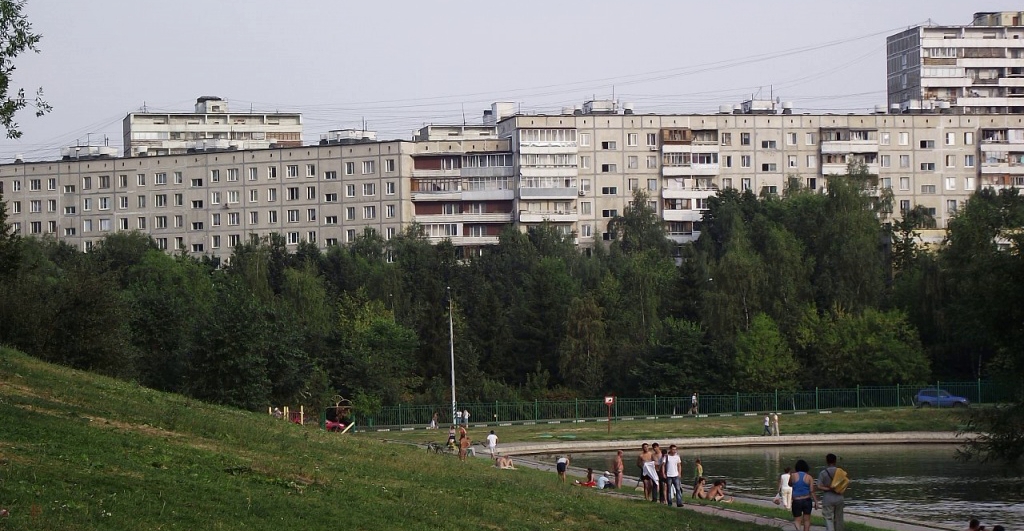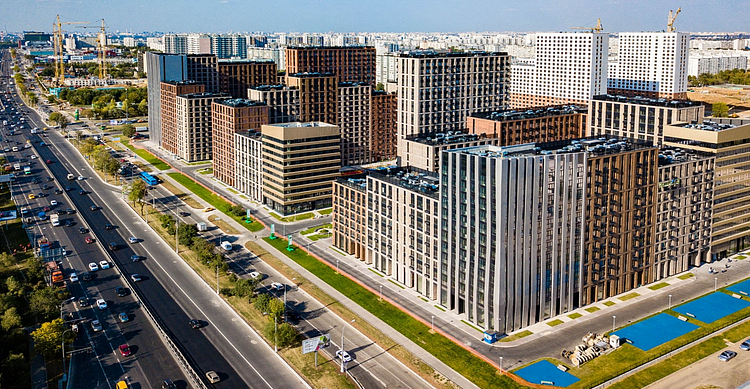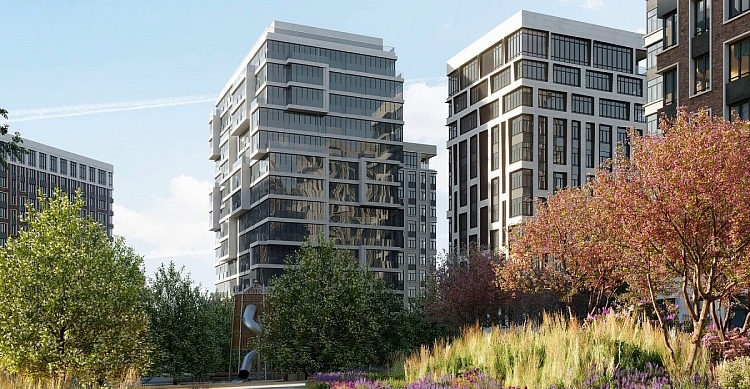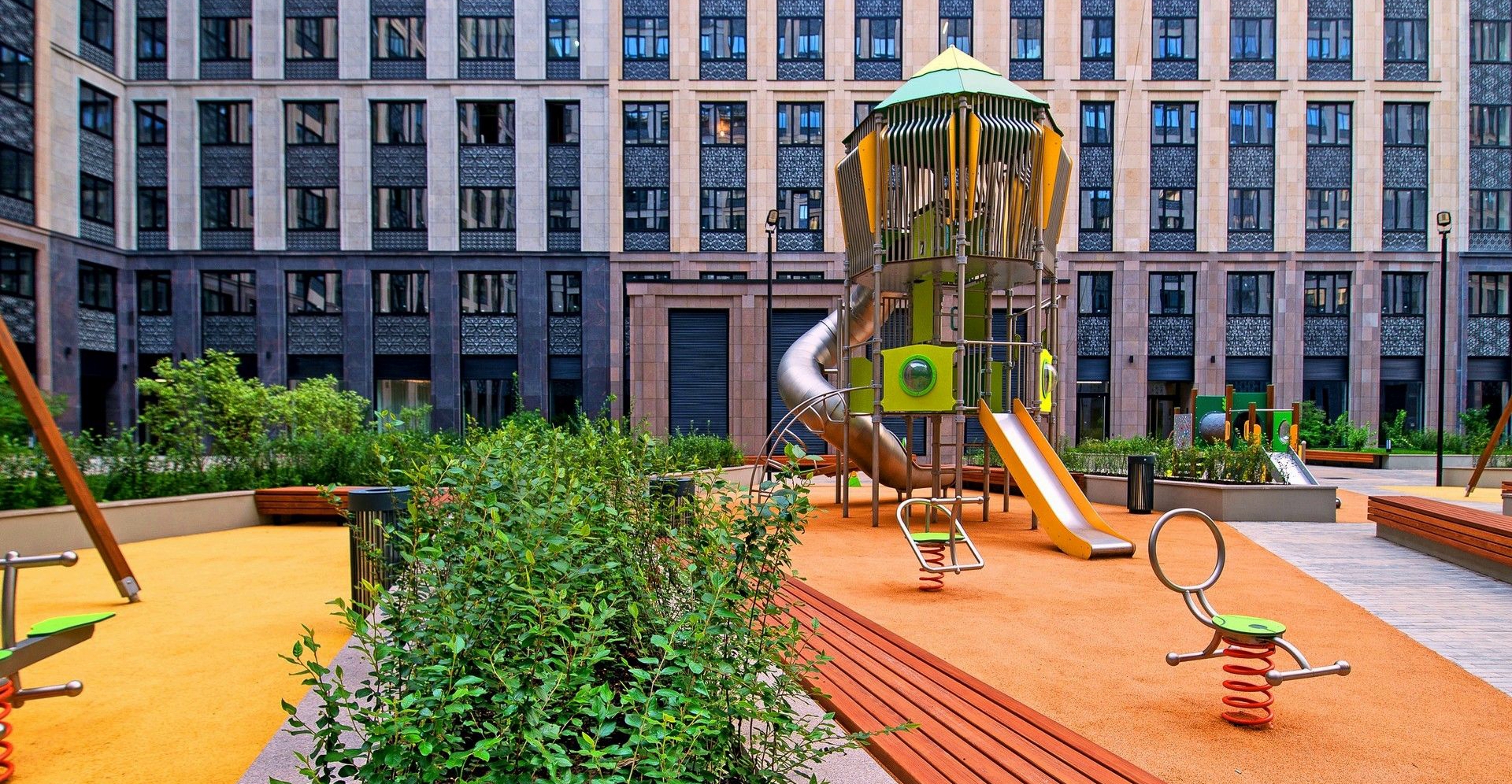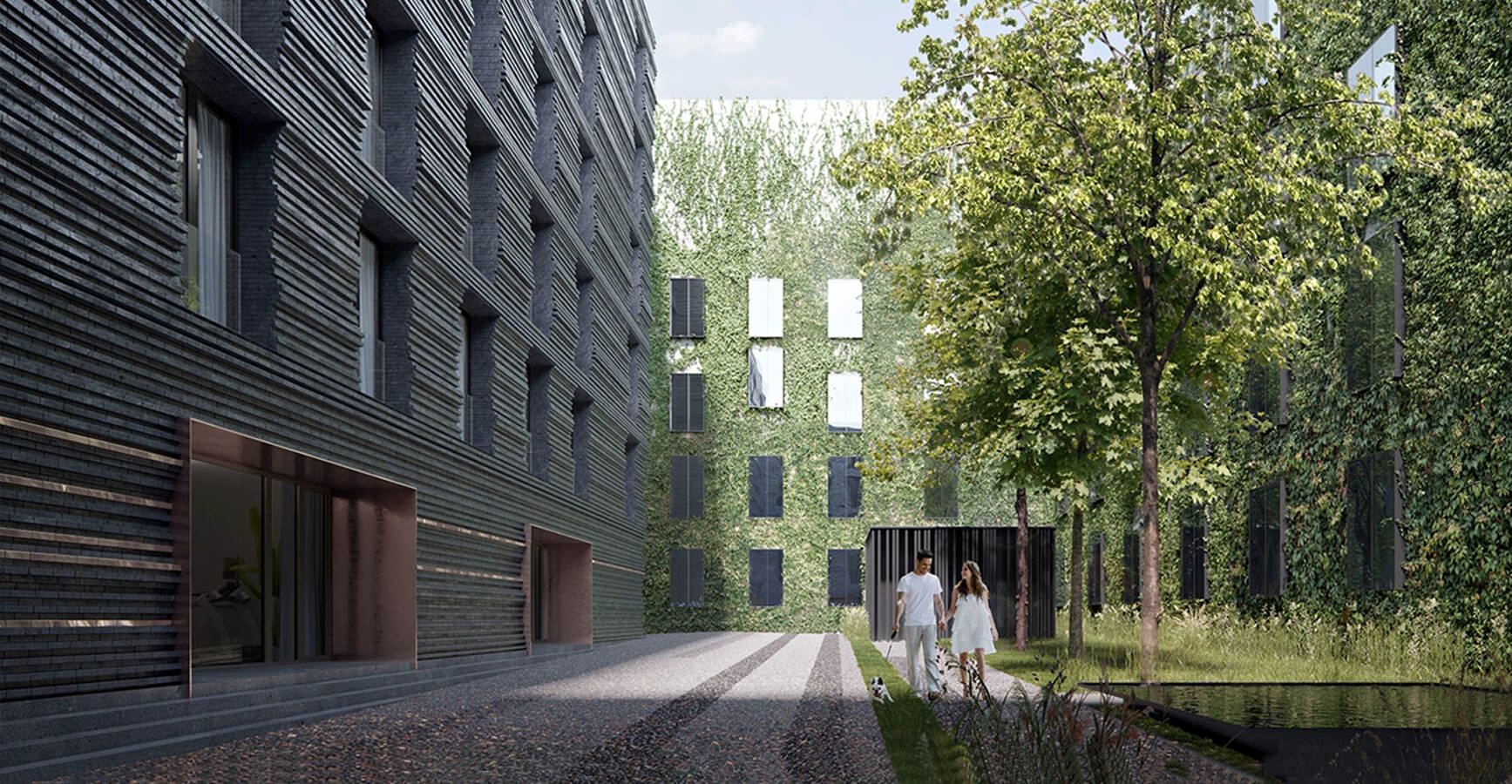 Dmitry Yatsenko
Dmitry Yatsenko
How are modern new buildings erected - do they meet all the requirements for comfortable housing? Unfortunately, morally outdated planning and engineering solutions are often hidden under the facade. Dmitry Yatsenko, a representative of the Metropolis company, spoke exclusively for Novostroy-M about the main problems of housing construction today, and also explained why it is so important to reduce the number of storeys of houses and have a high-quality urban land improvement.
- Where are the norms for the construction of modern high-rise buildings fixed? How long is their service life according to the standards?
All basic building codes relating to the construction of residential buildings are spelled out in the codes of practice, GOSTs and federal laws, primarily in the federal law No. 123 "Technical regulations on fire safety requirements". As for the standard service life, the recommended terms are prescribed in GOST 27751-2014: for buildings and structures of mass construction, they are at least 50 years.
However, for each object during the design its own estimated service life must be determined. Often it can be more than the recommended normative due to ensuring the durability of the building structures.
- What is the actual service life of new buildings? Is it possible to evaluate them from a practical point of view today?
On average, the service life of mass construction facilities is about 100 years. However, depending on the underlying design solutions, the quality of work during construction and during current and major repairs, the service life of buildings and structures can vary greatly. The aggressiveness of the environment also contributes.
The experience of mass series houses erected in the USSR shows that all of them have withstood the service life laid down in the design, and continue to serve today.
- What are the main problems of modern housing construction?
A whole range of problems can be identified, including low qualifications of builders and, as a result, a low level of work performance, as well as savings on the quality of building materials.
Another problem is that many projects of mass housing construction at the time of their commissioning are already morally outdated in terms of the architectural, planning and engineering solutions incorporated in them. This is, of course, the mistake of the designer and the architect, who must think ahead, anticipating what product will be in demand on the market in a few years.
But in the mass segment, many decisions are often made for the sake of economy. For example, in a number of projects you can still find communications similar to those installed in Khrushchev buildings. The same applies to apartment layouts. Many of them still resemble solutions developed back in the days of the USSR - with a small kitchen and long narrow corridors.
The use of standard solutions, of course, simplifies the design process, but does not make the resulting product more in demand among customers. But it is worth noting that the higher the class of the project, the more interesting it is usually from the point of view of architectural and engineering solutions.
In addition, the high density of buildings in modern projects, the excessive height of buildings, and often the lack of high-quality landscaping and the necessary infrastructure are worrisome.
In recent years, many studies have been carried out comparing high-rise and mid-rise buildings. They show that mid-rise buildings are ultimately more profitable for the developer, as they require less common areas, which allows for an increase in the area of residential premises in the project. And with a decrease in the number of storeys, the building density automatically decreases.
From a psychological point of view, a building with a height of 9-10 floors is optimal. High-rise accents are acceptable, allowing you to create a silhouette of the quarter. Such proportions of buildings do not put pressure on a person and are well received by residents. But, of course, this is not possible everywhere.
The centers of large cities still gravitate towards dense high-rise buildings due to the shortage of land plots. But on the periphery, the construction of medium and low-rise districts is possible and necessary. It makes no sense to build up the borders of Moscow with a belt of skyscrapers. This will only create new urban planning problems.
Along with a decrease in the number of storeys in new projects, it is necessary to think about a more diverse and high-quality improvement of the local area. Just a lawn and the simplest playground are no longer sufficient.
Such improvement meets only formal requirements, but is not a component of a high-quality living environment. Projects need to include high-quality landscaping with trees and shrubs, as well as create thematic zones inside the courtyard aimed at different groups of residents - playgrounds for the youngest, a place of quiet recreation for adults, an active games zone in a remote part of the yard.
The concept of a house today goes beyond the apartment and even the entrance area. The developer must think on the scale of the block, thinking through all the elements of a comfortable living environment - from places for walks to the availability of shops, social facilities, and leisure items within walking distance.
- Does the class of the building affect the service life? What about the construction method? What categories of real estate are more reliable?
Regulatory service life must withstand all buildings, regardless of the class of housing. However, when designing buildings in the premium segment, more progressive and modern solutions are laid down.
First of all, we are talking about engineering systems and facade solutions, as they affect the temperature and humidity conditions in which the load-bearing structures of the building will work, and, accordingly, prolong their life.
The method of construction is not as important as the quality and level of construction and installation works and building materials.
- What are the service life of the housing stock of the last century? Do they differ by class (Khrushchev, Stalin, etc.)? If so, how?
The service life of the housing stock of the 20th century varies greatly depending on the type of houses. So, "Stalinkas", depending on the year of construction, should last 125-150 years, but for panel "Khrushchevkas" the service life was laid for only 50 years. But they easily surpassed it thanks to the solutions laid down by the designers.
All other series of buildings (brick ones of the 60s, panel and block ones of the 70-80s, etc.) have an average life of 100 years. Differences in the level of housing quality are also present, and the greatest contrast is seen between the "Stalinkas" and "Khrushchevkas". First of all, this concerns the layouts and footage of apartments, the height of the ceilings, the presence of elevators, etc.
I will give the normative terms of buildings of different series' operation:
- Pre-war "Stalinkas" - 125 years, standard demolition time - 2050-2070
- Post-war "Stalinkas" - 150 years, standard demolition time - 2095-2105
- Khrushchevkas - 50 years old, standard demolition time 2005-2015
- Brick five-storey buildings - 100 years old, standard demolition time 2055-2070
- Panel and block 9-16-storey buildings - 100 years, standard demolition time 2055-2080
- Modern brick and monolithic - 125-150 years old.
- Modern panels - 100-120 years old.
- Modern block houses - 100 years.
The durability period of the building directly depends on the type of structures in which the basic structural scheme is solved. As we can see, the most wear-resistant today are monolithic reinforced concrete and brick houses.
Although the modern panel buildings have also stepped forward in the longevity of life. Stalin buildings in the monolith, especially the post-war ones, will also constitute the secondary housing market for a long time due to their durability.
- Technologically speaking, has the lifespan of buildings increased by the use of modern construction methods?
Most likely, it can be argued that the life of buildings has increased due to the use of modern construction methods, but it takes time for this to be confirmed in practice. It is also important not to forget that the quality of operation is a significant factor, which we see from the experience of buildings in previous centuries.
In recent years, new building materials, new structural and space-planning solutions have appeared, and the segment of internal engineering systems is developing at such a pace that new equipment appears faster than the possibilities of its use.
Construction technologies are also stepping forward - new systems for strengthening the foundation pits of buildings, new formwork systems for the monolith appear, and the development of construction equipment does not stand still.
Since the post-war times, the construction time for buildings from the project to commissioning has also become several times shorter. If earlier a good brick nine-story building was built for about 2 years (and this was a high rate of construction), now in 2 years it is possible to build a small residential quarter, both low-rise buildings and high-rise buildings.
- Is it possible to say that modern construction is more expensive than a few decades ago?
It is impossible to unequivocally answer the question of the difference in the cost of construction now and several decades ago, since this is influenced by many factors: the cost of building materials and labor, the number and level of engineering systems laid down, their price, and design costs. At different times, the cost of these parameters was different.
The cost of construction in different periods of time is also difficult to compare because the factors that influenced this process are too different. In the 60-80s, the cost was mainly formed by manual labor (technology was not so developed and more labor was required). Materials were produced longer and in smaller quantities, the design lasted several times longer and was more labor-intensive than today, but the cost of building land was lower.
Now we have more automation at the construction site, materials are much more affordable, but land is becoming more expensive in proportion to the growing demand for housing.
Housing requirements have also changed. To the generation that was born after 2000, you will no longer sell an apartment in a Khrushchev building with low ceilings, tiny kitchens, no soundproofing and an ugly facade. This is reflected in design decisions and, as a result, in the cost of construction.
Read the article at Novostroy-M website.









